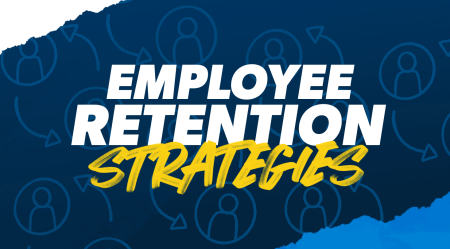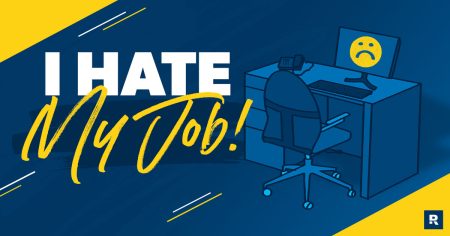Even though the acronym UCC sounds like a college of some sort, it stands for the Uniform Commercial Code (UCC). And rather than hand out diplomas, the UCC was developed to regulate how commercial transactions operate.
OK—But what’s a UCC filing?
UCC filings are how lenders establish their right to the assets you, the borrower, use to secure a loan. The filing serves as a lien, so that there’s public record of your efforts to take out a loan.
UCC filings are made up of UCC-1 and UCC-3 filings, explained in more detail below.
What is a UCC-1 filing?
A UCC-1 is the official original UCC filing that gets made by a lender, referring to the UCC1 form that’s needed in order to do so. It’s effectively a public announcement lenders make that either a borrower has taken out a loan with them or is looking to take out a loan with them.
This filing defines the collateral the borrower puts up to secure financing, which prevents a borrower from using the same collateral for multiple loans (a move that would put the lenders at much higher risk).
You could think of it as the financial version of “going public” on social media with a new relationship. Once you change that relationship status, other people who might be interested can see you’re already committed to someone else. They allow lenders to see how you’ve treated other loans in the past.
What is a UCC-3 filing?
A UCC-3 filing is simply an amendment to the original UCC-1 filing.
This might be used to update the information of the borrower or lender, add or change collateral, terminate a filing, or reassign or terminate creditor interest.
What is the difference between a lien and a UCC filing?
Put simply, a UCC filing serves as a lien, whereas a lien may not always be a UCC filing.
Liens can span everything from personal property, to real estate, to tax liens, child support, and much more. UCC liens fall within this list as another subcategory.
Oftentimes, liens arise from legal issues, and can be created involuntarily—for instance, with a property lien. UCC liens are intentionally created by creditors to establish a security interest.
When does UCC filing happen?
This step depends on the lender and the loan product.
Some UCC filings happen after you’ve secured funding. Others are actually filed when you apply for funding so lenders can protect themselves from borrowers trying to get multiple loans at the same time without the lenders knowing about it.
SBA UCC filings
As a security measure, the SBA will file a UCC lien on EIDL loans of more than $25,000. In this case, the SBA establishes the right to any assets you use to secure your EIDL loan, in the case that the loan goes unpaid.
Is a UCC filing bad?
No. UCC filings aren’t bad, nor are they good. They are used as a safety blanket for lenders to secure loans they provide to borrowers. If you take out a loan that goes unpaid, the fact that there is a filing can become a bad thing, but the UCC filing itself does not impact your credit or ability to obtain future loans.
How can you remove a UCC filing?
A UCC termination filing requires an amendment be made to the original UCC-1 filing, completed using the UCC-3 form.
Thing is, a UCC-3 form can only be submitted by the lender. To get a UCC lien removed, you must ask your lender to file a UCC-3 form, which then comes at their discretion.
In most cases, liens are not removed until you’ve fully repaid a loan.
In the end, UCC filings typically serve purely as an informational guideline—a “just in case” stipulation. It helps to be aware of any UCC filings you might have, but in general, if you’re paying your debts, UCC liens should not bring you any harm.
Read the full article here












